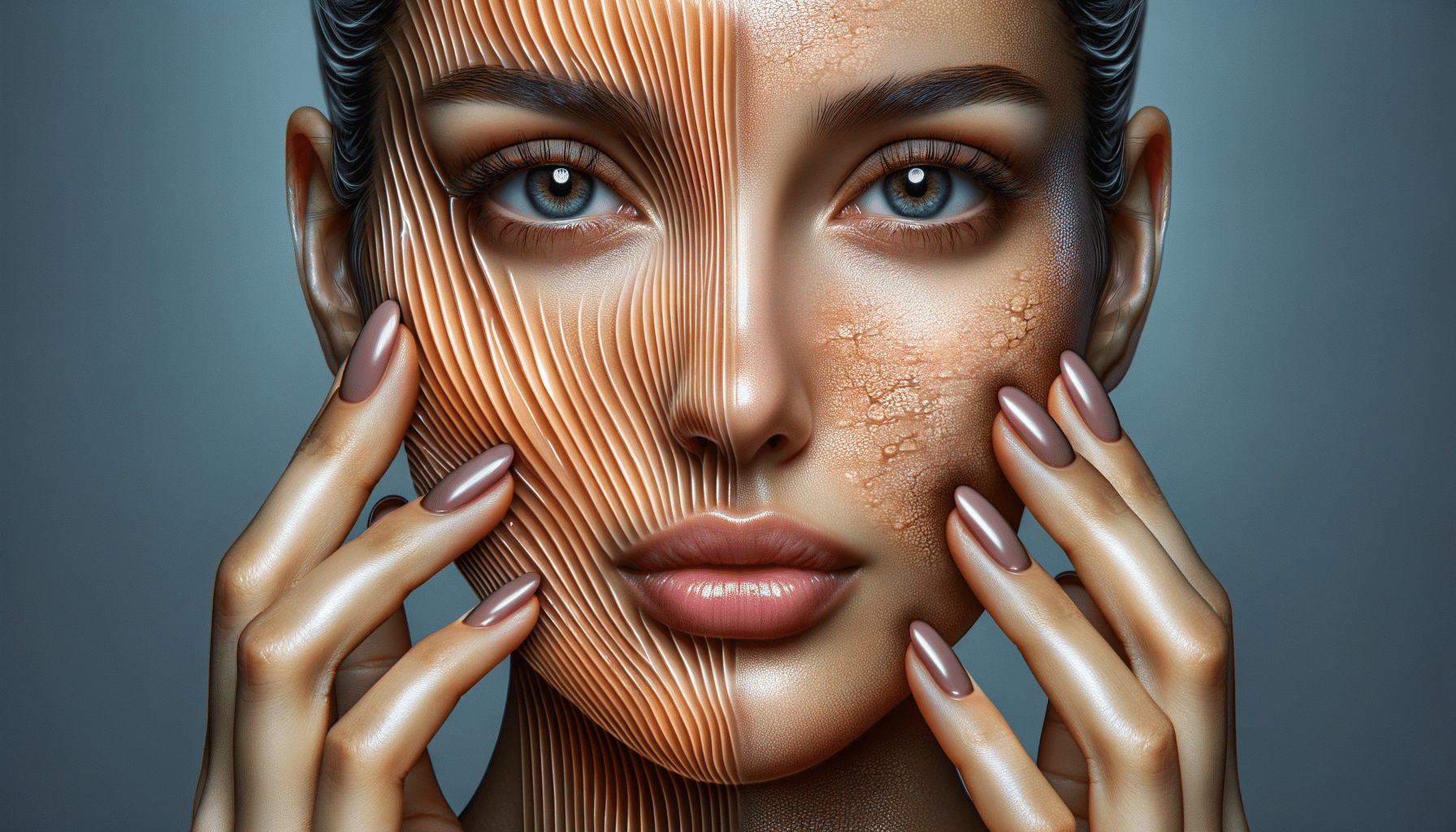Skin Rejuvenation: Refresh & Revive Your Glow
Skin rejuvenation treatments reduce wrinkles, sun damage, and dullness—restoring a youthful, radiant look. From lasers to peels, options are tailored for your skin’s needs.

Understanding Skin Rejuvenation
Skin rejuvenation encompasses a variety of treatments designed to restore the youthful appearance of the skin. As we age, our skin undergoes changes such as the development of wrinkles, loss of elasticity, and uneven pigmentation. These changes are often exacerbated by environmental factors like sun exposure, pollution, and lifestyle choices such as smoking and diet. Skin rejuvenation aims to tackle these issues, offering solutions that range from non-invasive treatments to more intensive procedures.
Non-invasive treatments include topical applications such as retinoids and antioxidants, which work at a cellular level to promote skin renewal and protect against damage. In contrast, minimally invasive procedures like microdermabrasion and chemical peels remove the outermost layers of skin, encouraging new cell growth and improving texture and tone. More advanced options like laser therapy and radiofrequency treatments target deeper layers, stimulating collagen production and tightening the skin.
With a multitude of options available, it’s essential to understand the specific needs of your skin. Consultation with a dermatologist or skin care professional can provide personalized recommendations, ensuring the chosen treatment aligns with your skin type and concerns.
Laser Treatments: Precision and Efficacy
Laser treatments have become a cornerstone of skin rejuvenation due to their precision and effectiveness. These treatments use focused light energy to target specific skin concerns, such as pigmentation, scars, and wrinkles. The energy from the laser promotes collagen production, which is crucial for maintaining skin elasticity and firmness.
There are various types of laser treatments, each suited for different skin issues. For instance, ablative lasers remove the outer layers of skin, making them ideal for deeper wrinkles and scars. On the other hand, non-ablative lasers work beneath the surface, targeting the underlying skin tissue without damaging the top layer, which is beneficial for improving skin tone and texture with minimal downtime.
One of the significant advantages of laser treatments is their ability to deliver targeted results with precision, minimizing damage to surrounding tissues. However, it’s important to note that laser treatments may require multiple sessions to achieve optimal results, and post-treatment care is crucial to protect newly treated skin.
Chemical Peels: A Fresh Start for Your Skin
Chemical peels offer a transformative approach to skin rejuvenation by exfoliating the skin’s outer layers, revealing a fresher and more radiant complexion underneath. These peels use a variety of acids, such as glycolic, salicylic, and lactic acids, to remove dead skin cells and stimulate new cell growth.
The intensity of chemical peels can vary, with superficial peels providing a gentle exfoliation suitable for minor blemishes and dullness, while medium and deep peels address more significant concerns like deep-set wrinkles and uneven pigmentation. The choice of peel depends on individual skin type and the specific concerns being addressed.
While chemical peels can deliver noticeable improvements in skin texture and tone, they also require careful consideration regarding recovery time and potential side effects. Redness, peeling, and sensitivity are common post-treatment effects, emphasizing the importance of following post-procedure care instructions to ensure the best results.
Microneedling: Stimulating Natural Healing
Microneedling is a skin rejuvenation technique that uses tiny needles to create micro-injuries in the skin, triggering the body’s natural healing response. This process stimulates collagen and elastin production, essential components for maintaining youthful and resilient skin.
Often referred to as collagen induction therapy, microneedling is effective for reducing the appearance of scars, fine lines, and enlarged pores. It can be performed with or without the addition of platelet-rich plasma (PRP), which enhances the treatment’s regenerative effects by using growth factors derived from the patient’s blood.
Microneedling is praised for its versatility and minimal downtime, making it a popular choice for individuals seeking a natural approach to skin rejuvenation. However, as with any cosmetic procedure, it is vital to ensure it is performed by a qualified professional to minimize risks and achieve the desired results.
Conclusion: Finding the Right Path to Radiant Skin
Skin rejuvenation offers a pathway to restoring and maintaining a youthful, vibrant complexion. With a range of treatments available, from laser therapies and chemical peels to microneedling, there is a solution tailored to meet every individual’s unique skin needs. The key to successful skin rejuvenation lies in understanding the specific concerns and selecting treatments that align with personal goals and skin type.
Consultation with professionals can provide valuable insights and guidance, ensuring that the chosen approach is both safe and effective. By investing in skin rejuvenation, individuals can enjoy the confidence that comes with a healthy, radiant appearance, reflecting their inner vitality and well-being.